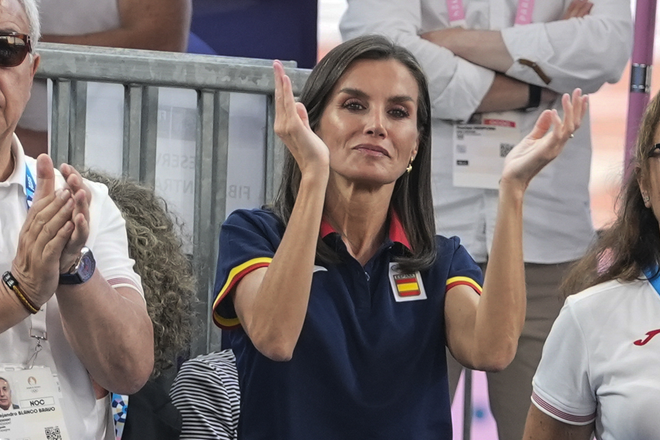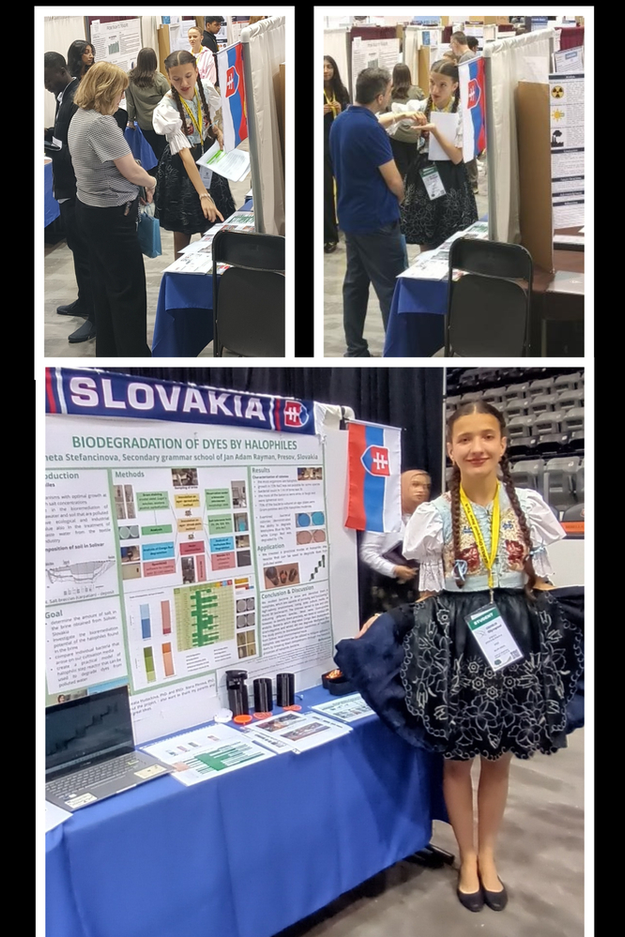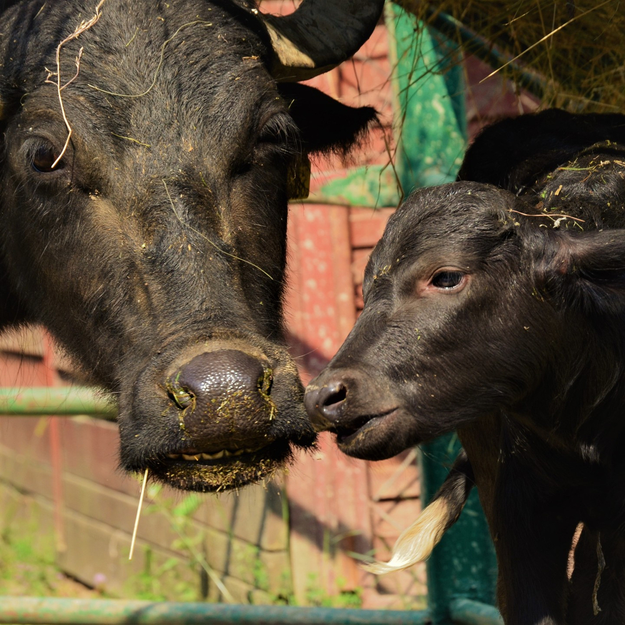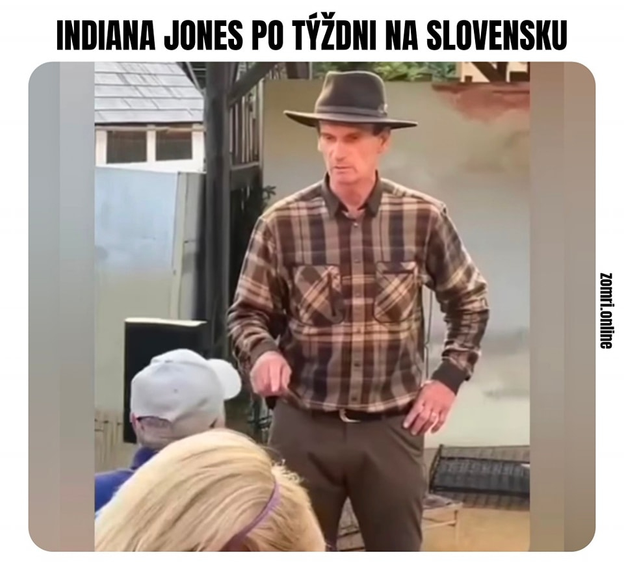Every week The Slovak Spectator brings you a selection of three short stories from across Slovakia from which pessimism and negativity are absent.
Slovak shoes for a Spanish queen
Earlier this year, Queen Letizia of Spain broke her big toe. Among the advice she received from doctors was to start wearing comfortable shoes. During official events, she started wearing so-called barefoot shoes – and some were ordered from a Žilina-based company.
When they received the order, they thought it was a joke, the Dobrenoviny.sk website reported.
“We all thought they were joking, but they weren’t,” Juraj Fehervari, CEO and owner of the Be Lenka company, told the Let’s Talk Business podcast.
Representatives of the shoemaking firm consider the fact that they have the Queen of Spain among their customers to be a success, the website added.
The company sells its barefoot shoes in more than 60 countries around the world, and is among the leaders on the market. As Fehervari admitted in the past for the economic magazine Index, they produce their shoes mostly in Portugal and Italy, because local plants are not technologically adjusted to their needs. However, development activities are concentrated in Slovakia.
Young Slovak scientist succeeds in international competition
Aneta Štefančíková, a student of the Grammar School of Ján Adam Rayman in Prešov, eastern Slovakia, has achieved a great success.
She won a silver medal in the Science category of the Genius Olympiad, an international secondary school project competition about environmental issues, founded and organised by Terra Science and Education, a non-governmental organisation based in Syracuse, USA. It is hosted by the Rochester Institute of Technology (RIT), one of the top universities in the USA working at the intersection of technology, the arts and design.
At the same time, she received a scholarship at RIT worth $20,000, the school reported in a press release.
Štefančíková attracted attention with her project, titled the Biodegradation of Dyes by Halophiles. In it, she stressed that the textile, pharmaceutical and cosmetic industries use toxic dyes that can contaminate water.
She focused on the determination of the bioremediation potential of halophiles, microscopic organsims that can survive in extreme conditions – in this case, high concentrations of salt, as are found in the Prešov borough of Solivar, which is famous for its salt mine. Štefančíková presented her own model of a halophile reactor that can be used in practice.
Košice Zoo welcomes precious newborns
Several young animals have recently been born in the zoo in Košice, eastern Slovakia. Their arrivals are important because, in many cases, their species are endangered.
Back in mid-June, two small blue-headed macaws were born. This bird species can be found in just 14 zoos in Europe, which take care of fewer than 50 individuals. Thus, it is considered a success that two small birds were born in Košice, the Plus Jeden Deň daily reported.
The zoo announced in late July that the chicks are growing fast and even underwent the regular weighing that helps their carers better determine their condition.
“Thanks to the humane collection of material for gender determination by DNA analysis in the diagnostic laboratory, we already know that it is a couple, i.e. a male and a female,” the zoo wrote on Facebook.
Just days later, the zoo informed about two healthy Chapman’s zebras being born to two mares. It has a similar ambition with the maneless zebra, a species that is threatened with extinction, as the TVnoviny.sk website reported.
The latest addition is a female water buffalo calf, born in mid-August as a fourth offspring to the couple Adam and Eva.
“The calf is healthy, and the mother is exceptionally attentive,” the zoo said.
Five feel-good stories published by The Slovak Spectator to read:
A certified enlargement of an iconic 1968 invasion photo that has become a symbol of non-violent resistance was donated to the Pavol Országh Hviezdoslav Theatre (DPOH) in Bratislava by the son of the author.
Despite moving to the US in the early 20th century, Štefan Osuský, a Slovak who would become one of Czechoslovakia's most prominent diplomats, maintained a keen interest in what was happening in his homeland. Among other things, he co-authored the crucial 1915 Cleveland Agreement.
Onsemi’s new high-tech lab pushes e-car range and renewable energy to new heights. The facility features specialised equipment to develop and test next-generation silicon, as well as silicon carbide semiconductor solutions.
In an interview, Roman Lipka, the producer of Vivat Slovakia, an open-world video game made by the small Bratislava-based developer Team Vivat, talks about its development and what inspired the team, as well as why Slovakia lacks a big gaming hit.
Check out six classic cinemas in Bratislava, which each offer the intimate atmosphere of a traditional movie theatre, as well as lower prices.
Political meme of the week
Caption: Indiana Jones after a week in Slovakia.
This meme, published by the satirical site Zomri.online, alludes to a recent incident involving far-right nationalist Štefan Kuffa, a state secretary (i.e. deputy minister) at the Environment Ministry. On August 18, he disrupted an outdoor performance in the village of Malá Franková, in the Kežmarok district of eastern Slovakia. He attempted to halt the performance, declaring it inappropriate for the audience, which included children. Just days later, media outlets reported that the Slovak Museum of Nature Protection and Speleology, situated in Liptovský Mikuláš in northern Slovakia, had modified an exhibition following a visit by Kuffa. A tableau depicting a pre-modern man kneeling in preparation for human sacrifice was altered to replace the man with a bowl of rice.
You can send me your tips on good news stories about Slovakia or funny memes at: radka.minarechova@spectator.sk. Thank you!


 Queen Letizia of Spain attending a match of the Spanish women's basketball team during the 2024 Summer Olympics in Paris. (source: AP/TASR)
Queen Letizia of Spain attending a match of the Spanish women's basketball team during the 2024 Summer Olympics in Paris. (source: AP/TASR)
 Aneta Štefančíková won with her project focused on using halophiles. (source: Gymnázium Jána Adama Raymana)
Aneta Štefančíková won with her project focused on using halophiles. (source: Gymnázium Jána Adama Raymana)
 Aneta Štefančíková at the Genius Olympiad. (source: Gymnáziou Jána Adama Reymana)
Aneta Štefančíková at the Genius Olympiad. (source: Gymnáziou Jána Adama Reymana)
 A baby water buffalo calf born in Košice. (source: Facebook/ZOO Košice)
A baby water buffalo calf born in Košice. (source: Facebook/ZOO Košice)
 (source: Zomri.online)
(source: Zomri.online)